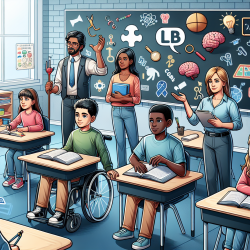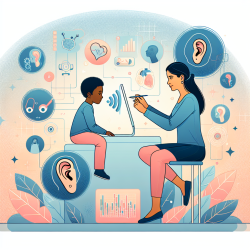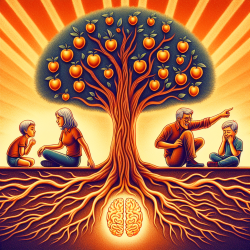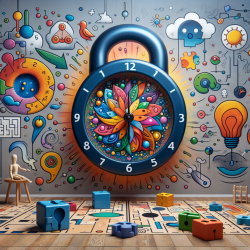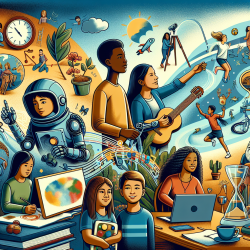As educators, one of the most common questions we face is: "What are learning disabilities?" Understanding this concept is crucial for creating an inclusive and supportive classroom environment. Learning disabilities (LD) are distinct from global intellectual deficiencies and result from impairments in processes related to perceiving, thinking, remembering, or learning. These can range in severity and affect various areas of life.
Defining Learning Disabilities
The national definition of LD emphasizes that individuals with these disabilities can succeed in their educational pursuits with appropriate support. They are distinct from general intellectual deficiencies and are often due to neurobiological or genetic factors.
Key Characteristics of Learning Disabilities
- Distinct from intellectual deficiency: LD affects individuals who otherwise have average abilities necessary for reasoning and thinking.
- Impairments in cognitive processes: These include difficulties in language processing, memory, attention, and executive functions.
- Lifelong condition: LD affects individuals throughout their lives, impacting both academic performance and social interactions.
Manifestations in the Classroom
Learning disabilities can manifest in various ways within a classroom setting. Students may struggle with decoding words, understanding complex sentence structures, or organizing their thoughts. Teachers may notice that these students often require more effort to keep up with their peers.
Common Signs of Learning Disabilities
- Poor organizational skills: Difficulty organizing thoughts and materials.
- Trouble with verbal or nonverbal information: Challenges in understanding or using language effectively.
- Difficulties with social interactions: Misreading social cues or struggling to take another’s perspective.
Supporting Students with Learning Disabilities
The integration of remedial specialists within the general classroom is one approach to supporting students with LD. However, this model's success depends on several factors such as the qualifications of teachers and specialists, time allocated for planning, and curriculum constraints.
Schools must offer a balance between remediation and general education to help students transition smoothly through their educational journey. This includes maintaining remedial services in secondary schools while providing accommodations for reading and writing difficulties.
Effective Strategies for Educators
- Explicit teaching: Teach specific skills and strategies that align with best practices for students with LD.
- Diverse instructional methods: Use a variety of formats and media to present material.
- Encourage self-advocacy: Help students understand their learning disabilities and the accommodations they need.
Understanding learning disabilities is critical for fostering an inclusive educational environment. By implementing effective strategies and accommodations, educators can help students with LD achieve academic success and prepare them for future opportunities. For more information, please follow this link.
